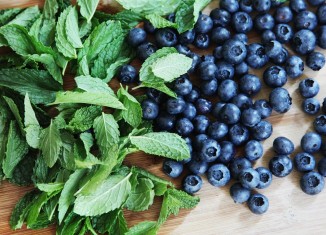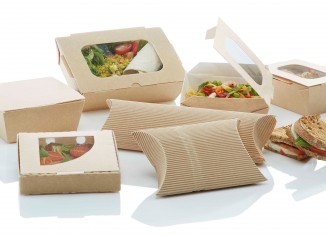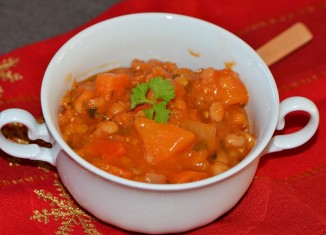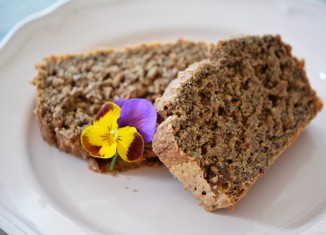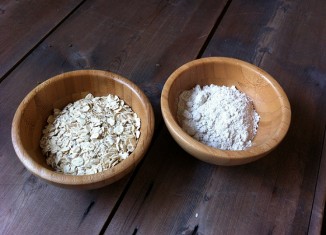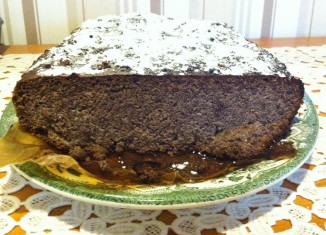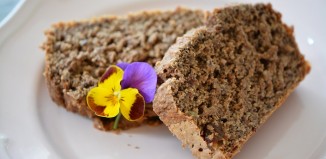(The second post in the ‘Baking Lab’ project)
I’ve read many stories about failing to reproduce a recipe from a cook book or to replace one ‘rice’ flour with another ‘rice’ flour. There is one main reason why it is happening. The flours have different properties and therefore they can’t just replace one another in a recipe without a couple of adjustments first.
In my previous post (First Step Towards Glutenfree Baking) I mentioned that the gluten free flours are derived from various foods
- Starchy vegetables /roots
- Beans
- Nuts
- Gluten free grains
- Seeds
- Fruits
- Even dairy
Each of these flour sources has different composition. The presence and the ratio between the individual compounds (like protein, carbohydrates or fats) present in the flour source are responsible for the final behavior of the flour during baking.
It gets more complicated. There are thousands varieties of e.g. white potatoes (starchy vegetable). They contain different types and amounts of e.g. proteins and carbohydrates. These differences have consequences in the quality of the final flour; they create certain properties/functionality of the flour. What is more, these grains/nuts/beans/vegetables are being processed into flours. To make flour its source is subjected to different steps, like e.g. wetting, drying, and milling. These processes modify the structure and in a consequence the properties of the starches, proteins, fats and fibers (to name a few). Food industry is very advanced in modifying the flour constituents and can create flours with wanted properties, like e.g. high/low viscosity, high/low solubility. Besides, each brand fractionates their flours on their own production line and according to their own refinery process.
The properties of flour will depend on
- The source of the flour (almonds, amaranth grains etc.)
- The type of the source (there are more than 1000 different types of white potatoes; there are three types of lupine species cultivated: yellow, white and blue – each has different composition)
- The environment in which the flour source was grown (amount of sun it was exposed to, quality of the soil etc.)
- The composition of the flour source (presence of e.g. starch and fat, amount and ratio between the individual components like proteins and carbohydrates, etc.)
- The structure/properties of the individual compounds (different types of proteins and dietary fibers)
- The manufacturing process (dry fractionation/wet fractionation, drying technique, but also induced chemical reactions)
Some of the flour characteristics
- Water retention
- Dispersibility/solubility
- Viscosity/elasticity
- Aggregation/gelation
- Foaming
- Emulsification
- Particle size
- Smell and taste
Considering all the above points, we can’t fully predict flour behavior during baking/cooking. Knowing flour source and the composition can give us some ideas on what is the best application for the particular flour. But the rice flour from the brand X will always (more or less) differ from the rice flour from the brand Y. The only way to find out flour properties is to start experimenting with it. Now, there are cook books available on the market where the recipe will call for 100 grams of e.g. buckwheat flour. A big chance is that (unless the brand of the flour used is provided) your final effect will differ from the expected result. Of course, the oven quality and the quality of all the other ingredients used will contribute to the differences but when it comes to the flours – they are a key ingredient in most of the baking recipes.
There are some general guidelines on how to use the gluten free flours but to be able to create a reproducible product some more details on the flour properties are needed.
Generally, nut flours will most likely be used in sweet recipes and bean flours (due to their distinctive smell) will most likely be applied to the savory recipes. Flours rich in starch are great to thicken things e.g. sauces/puddings. Soy flour, as it contains no starch, has a huge potential to form strong protein network and they are actually quite well known for its aggregation properties. They already proved to work very well in gluten free breads and buns. Or, any flour that has high fat content (almond flour) will be expected to create rather crumbly texture, such as in cakes.






